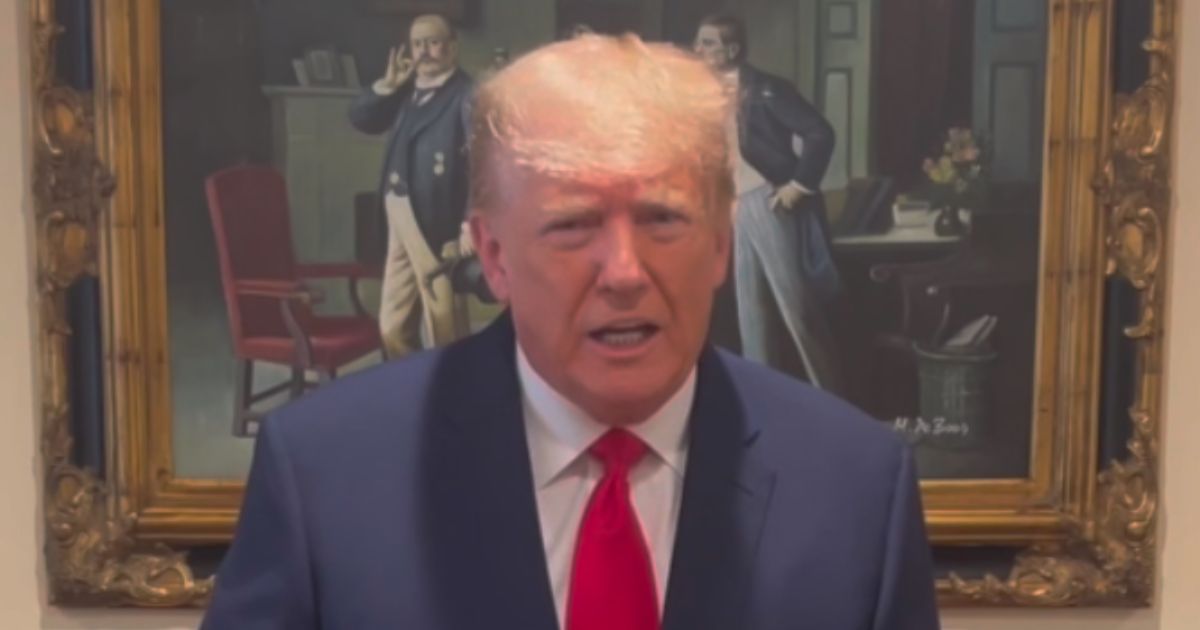White House Dynamics Shift as Jean-Pierre and Kirby Tension Rises
Reports of internal tension have emerged from the corridors of the White House as senior figures spar over roles in press briefings.
According to Breitbart News, the reported friction between White House Press Secretary Karine Jean-Pierre and National Security Spokesperson John Kirby centers on Kirby’s reduced time at the podium, which is attributed to President Biden's preference for Jean-Pierre to be the primary spokesperson.
Karine Jean-Pierre, who holds the distinction of being the first Black woman and first openly gay person to serve as White House press secretary, has tangled with Kirby over podium time allocations.
Jean-Pierre’s responsibilities place her at the forefront of messaging from the Biden administration, yet internal sources say an apparent internal struggle has overshadowed this aspect.
Kirby, assigned as the national security voice, was initially chosen by Biden to regularly brief the media, signifying a critical role in communicating security matters. However, in recent months, Jean-Pierre has reportedly restricted his participation, seeking greater control over the briefings.
Infighting Over Role at the Podium
The emergence of tension corresponds with a reshuffle within the communications team. Following the departure of top aide Anita Dunn in late July, Kirby’s podium appearances significantly waned, dropping from a visible 55% presence of briefings to a notably diminished 15%.
While the exact nature behind the reduced appearances remains unconfirmed, speculation hints at internal discontent from Jean-Pierre. Concerns have been raised that having Kirby side-by-side may suggest she requires additional oversight, a portrayal she seems keen to avoid.
Nonetheless, President Biden has made clear his desire for both Jean-Pierre and Kirby to appear at the podium, emphasizing Kirby’s critical communications role in national security matters.
Official Responses to Reported Discord
Reacting to the concerns of infighting, White House spokesperson Andrew Bates dismissed the reports as mischaracterizations. Bates insisted that relations between the two staffers are inaccurately described in the media, reflecting the delicate nature of internal communications maintenance.
Despite Bates' comments, official statements from the National Security Council remain absent. The lack of an official response could contribute to the circulating narratives of internal dissatisfaction and complexity within the administration.
Jean-Pierre has also faced scrutiny regarding her overall communication ability, as murmurs of its effectiveness circulate through the press corps. Despite this external criticism, her historical appointments stand as a testament to her path-breaking leadership within the political communications landscape.
President's Stance on Press Briefing Strategy
“The president made the call to have Kirby regularly brief,” expressed a source familiar with the presidential briefing preferences, underscoring Biden's vision of a collaborative White House presence. This perspective highlights the administration's desire for balanced communication protocols amid geopolitical instability.
In light of this, Jean-Pierre's frustrations over not maintaining full control over podium schedules not only underscores the internal cultural dynamic but showcases the challenges present in steering the administration's narrative effectively. It raises questions about balancing leadership autonomy while adhering to overarching strategic goals set forth by the president himself.
Leadership Challenges Amid Media Scrutiny
As the White House navigates these internal tensions, the persistent focus on communication strategy underscores a pivotal backstage reality. High stakes surrounding messaging consistency demand cooperation from top aides, even while differences exist.
Jean-Pierre’s experiences highlight the increased scrutiny placed on trailblazers who must juggle the responsibilities of historical firsts with the practical demands of their roles. Meanwhile, Kirby’s reduced visibility since Dunn's exit may signal shifts in how security communications are prioritized within the administration.
Implementing synergistic communication requires adept skills in negotiation and collaboration, with both individuals holding critical expertise in presenting the Biden administration’s objectives. The path to achieving such synergy remains to be seen, as does the impact these tensions may have on future briefings.
Conclusion and Looking Forward
As the administration moves forward, close monitoring of its internal communications strategy will remain essential. The objective remains clear: unifying the voices that convey its policy positions to both national and international audiences.
The unfolding dynamics between Jean-Pierre and Kirby continue to be a topic of interest both inside and outside the Washington corridors, with implications reaching beyond the podium’s stage. Their ability to navigate these waters can potentially shape the efficacy of the Biden administration’s messaging in the volatile theater of global diplomacy and domestic policy advocacy.






